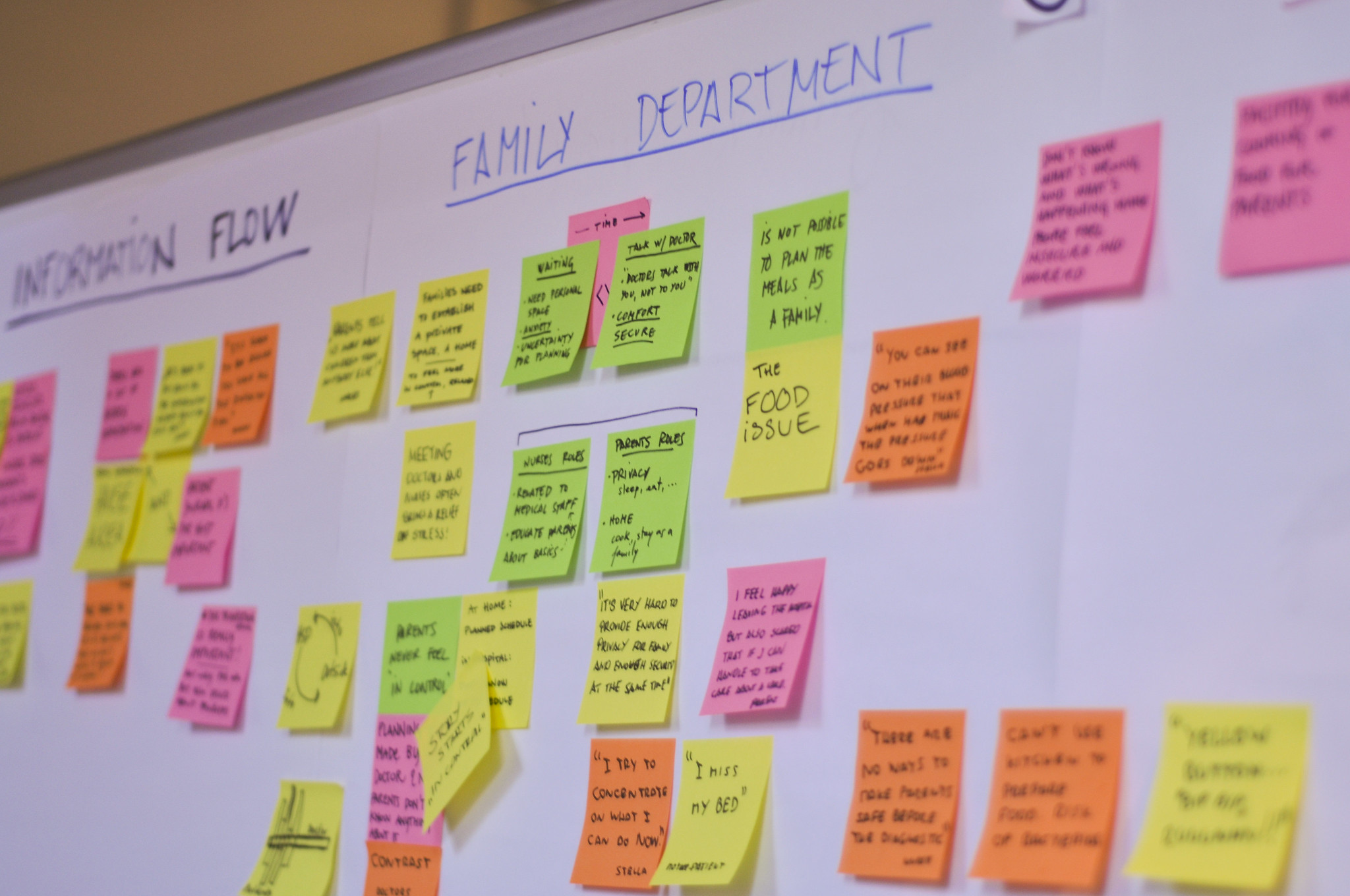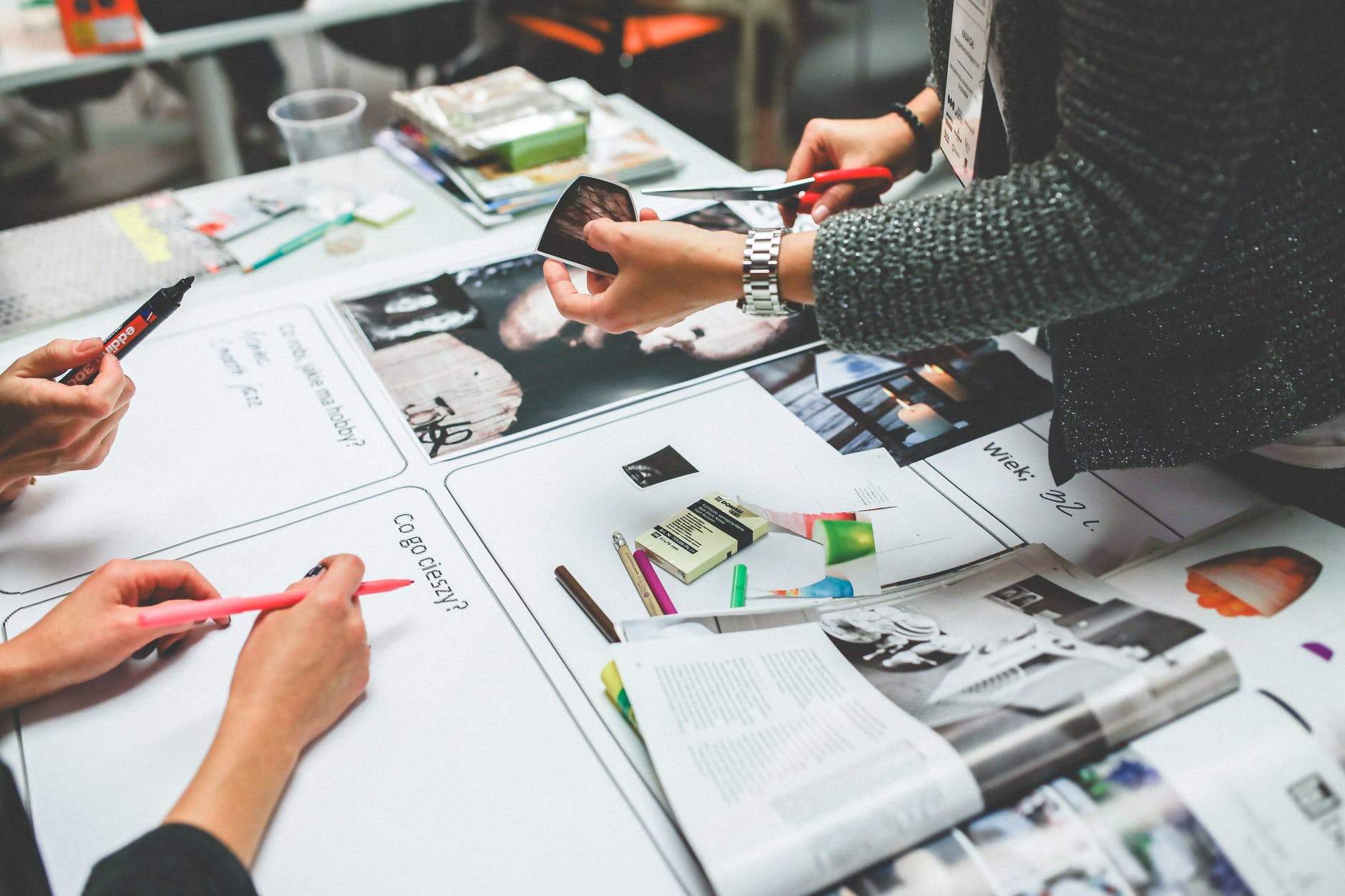What is UX Research? Methods used by and expert UX company
The success of a product/service has always depended on how its consumers perceive it.
Tonic3 develops and executes strategies that drive profit through Digital Transformation. Practically that means we are built to help clients hone the right strategy, implement the right technology, and build the right long-term capabilities to deliver lasting transformation.
Industries
We believe that effective technology helps people succeed in their daily lives. So we help our clients engineer useful technology for their clients, partners, and employees. That translates to every major industry, but over the years we’ve developed several core areas of expertise.
3 min read
 Pablo Trapalla
:
Dec 30, 2021 12:26:28 AM
Pablo Trapalla
:
Dec 30, 2021 12:26:28 AM

The field of design is fluid and flexible. It adapts to changes in forms and habits of use and consumption, and reflects cultural and political trends.
In the case of interaction design, there is a constant process of reflection on the scope of the discipline.
How far does interaction and user experience design go? Isn't the way in which they serve you in a bank, or the distribution of spaces and services in a shopping center, not part of the user experience?
But first: Are you interested in Interaction Design? Let us help you and show you how you can improve your business with UX Design!!
Service Design, or service design, is a user-centered design discipline. Its objective is to organize the equipment, infrastructure, processes, interactions and components of a service to ensure that they are adapted to the needs of people.

The design of services as a discipline has its origin in management theories of the 1980s. Within the world of design, it is in 1991 when the Köln International School of Design incorporates it into its studies as a discipline of its own.
Adam Lawrence, Jakob Schneider, Marc Stickdorn, and Markus Edgar Hormess are the authors of This Is Service Design Doing: Applying Service Design Thinking in the Real World.
In this book they list the six basic principles of service design:
Reading this definition of service design, we can already intuit that there is a certain overlap between this discipline and user experience design.
Although there is no clear border, there is an obvious difference in the scope of the two disciplines.
UX designers typically solve design problems focused on a specific product and in a specific context. For example, the purchase process in the mobile application of a food delivery service.
Although technically UX design could be applied to any point of contact with the user, such as a physical store, when we talk about UX we usually refer to the experience of use on a website or an application.
Instead, service design includes the entire business process, including all possible points of contact for users and any other person who participates in or is affected by the service.
For example, in the case of food delivery service, the design of services does not only include the web and the applications through which users order food. It also takes into account the restaurants that provide food and the couriers who deliver it.
For example, you can make decisions about how the food is to be distributed, whether by motorcycle or bicycle or both. You can decide how the deliveries are distributed among the available couriers, whether they are to be uniformed or not, or how they are addressed to the end customer.
While a user experience designer will focus on a specific touch point, a service designer will consider the system as a whole.
You will examine how these touch points are connected and what the traffic is like between them, both for end users and for providers and others who participate in or affect the service.
Many of the service design tools will be familiar to a UX designer: user personas, empathy maps, customer journey maps, prototypes, or user stories are design tools used in both disciplines. Others, such as the service blueprint, a diagram that collects the entire process of a service from beginning to end with all the stakeholders involved, is a service design tool itself.
They are therefore two disciplines that could work in parallel and collaboratively at different levels. The common objective is to achieve that services and companies that are better adapted to their users to be more useful and more effective.
Are you interested in Interaction Design? Let us help you and show you how you can improve your business with UX Design!!

The success of a product/service has always depended on how its consumers perceive it.

Today, many factors are involved when interacting with a customer via a website.

Design thinking is an iterative, non-linear process that teams use to understand users, question assumptions, redefine problems, and develop...